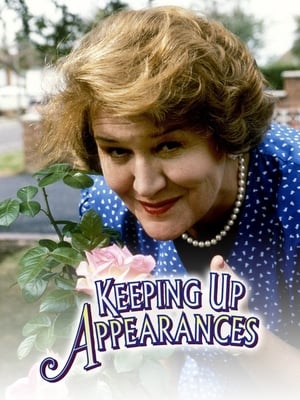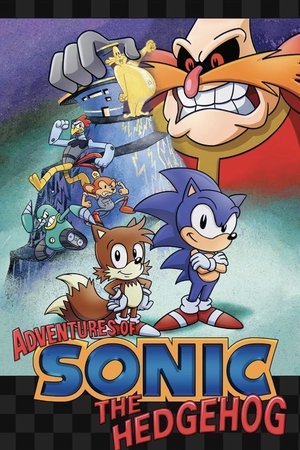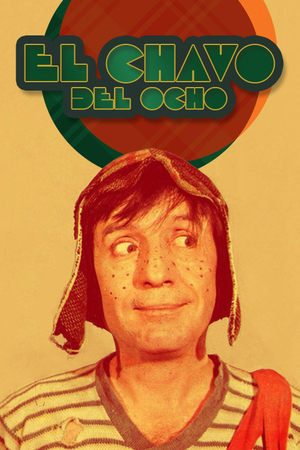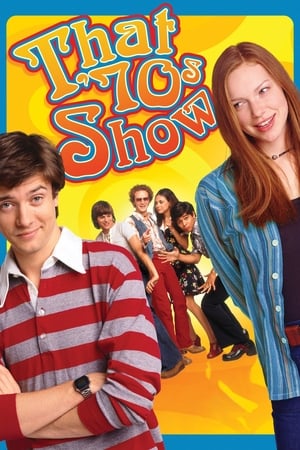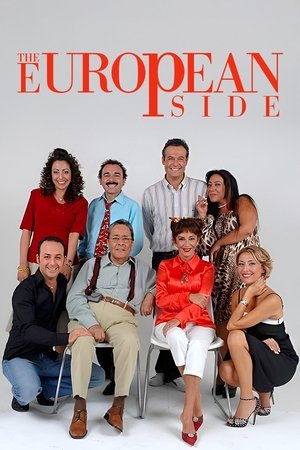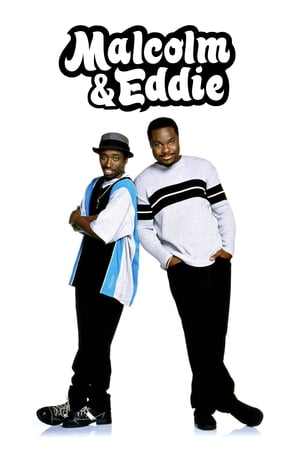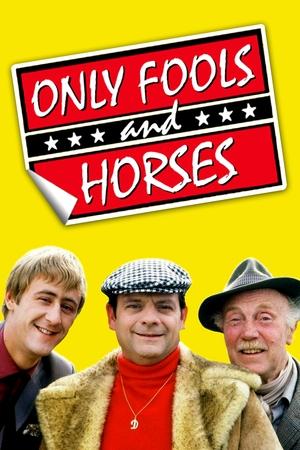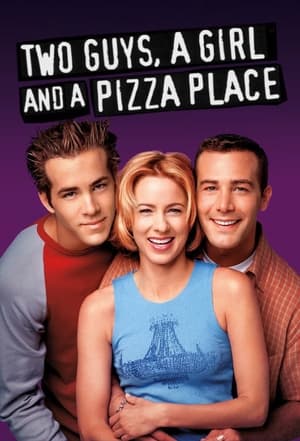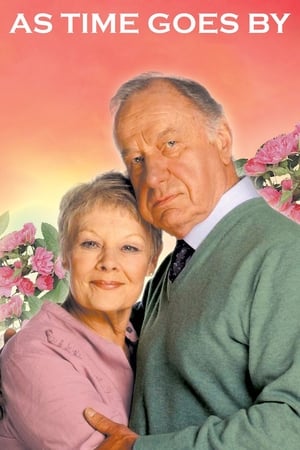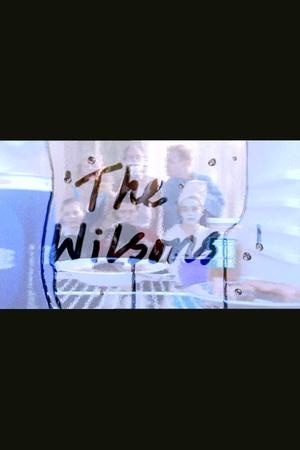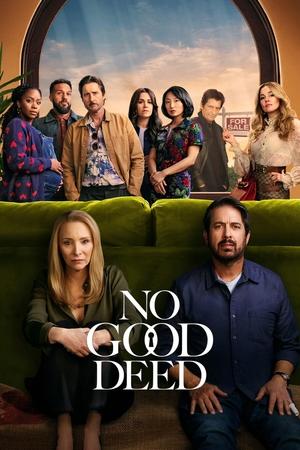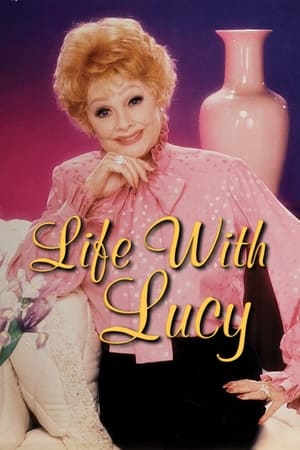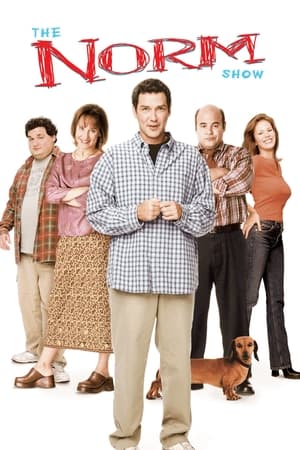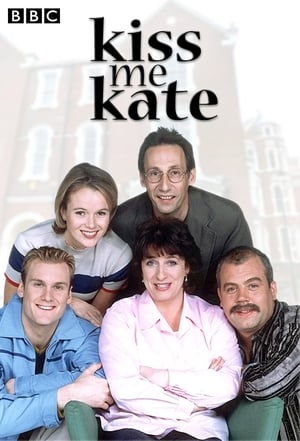Overview
Tom and Barbara Good escape the rat race and pursue a self-sufficient lifestyle in Surbiton, much to the concern, frustration and sometimes envy of their neighbours Margo and Jerry Leadbetter. Entitled ‘Good Neighbors’ when shown in the USA.
Reviews
This show is a product of the 70s. A suburban couple decide to drop out and go back to the land. They will grow their own food, barter or sell what they produce to make their living, whatever they need to do to drop out of the rat race.
Their slightly stodgy friends next door remain in the rat race, providing a foil and a counterpoint for their shenanigans. If you had shown me a summary of the plot, I would have rolled my eyes, but they made it work. I especially like what they did with Margo. She is snooty, privileged and against what their neighbors are attempting. As a result, she is joked about and made fun of, but there is depth and warmth to her that comes out at various times during the show’s run.
I am not a big fan of Richard Briar and I don’t know why, but he does a credible job. Penelope Keith owns her roles as Margo. This is not at the top of the list of favorites for me, but it turned out much better than it had any right to do. In the U.S. it was known as Good Neighbors (Good is the couple’s last name.)
I wonder just how many people in the mid 1970s - anywhere in the world - would have realised just how visionary writers John Esmonde and Bob Larbey were with this marvellous tale of a happily married suburban couple who decide to give up their daily grind and revert to a subsistence existence. Richard Briers and Felicity Kendall are great in the roles of the optimistic and naive "Tom" and his stoic and determined wife "Barbara" as they scrap, save, cannibalise, economise and basically do just about anything to avoid needing/earning/spending money - not an easy task. For me, the best parts come from their loyal and wealthy neighbours "Jerry" (Paul Eddington) and "Margo" (Penelope Keith). The former, the long suffering husband to the loving but terribly snobbish wife who looks down with a mix of disbelief and disdain on the newly self-sufficient folks next door. It features hilarious scenarios that take the most basic of themes - heating oil, vegetable patches, making your own clothes or cheese or wine and turns them into genuine laugh out loud comedy. It is simple and hugely effective, the humour working on many levels as the underpinning principles of love, loyalty and obstinacy marry well with sheer bloody mindedness and, on occasion, downright stupidity - but not just from the same side of their garden fence each time. It probably helps, as with the contemporaneous "Fawlty Towers" series that there was a very limited run. It clearly has an environmentalist aspect to the narrative, but it not delivered in the preachy, puritanical fashion that is so often the style used now - it successfully uses humour as a conduit for a message that is both potent and, frequently, laugh out loud. The writers don't flog the heart out of the joke, and the characters are given plenty of space to develop and shine. Great stuff well worth a watch.

 English
English
 7.6
7.6
 1975
1975
 United Kingdom
United Kingdom
 Peter McGinn wrote:
Peter McGinn wrote:
